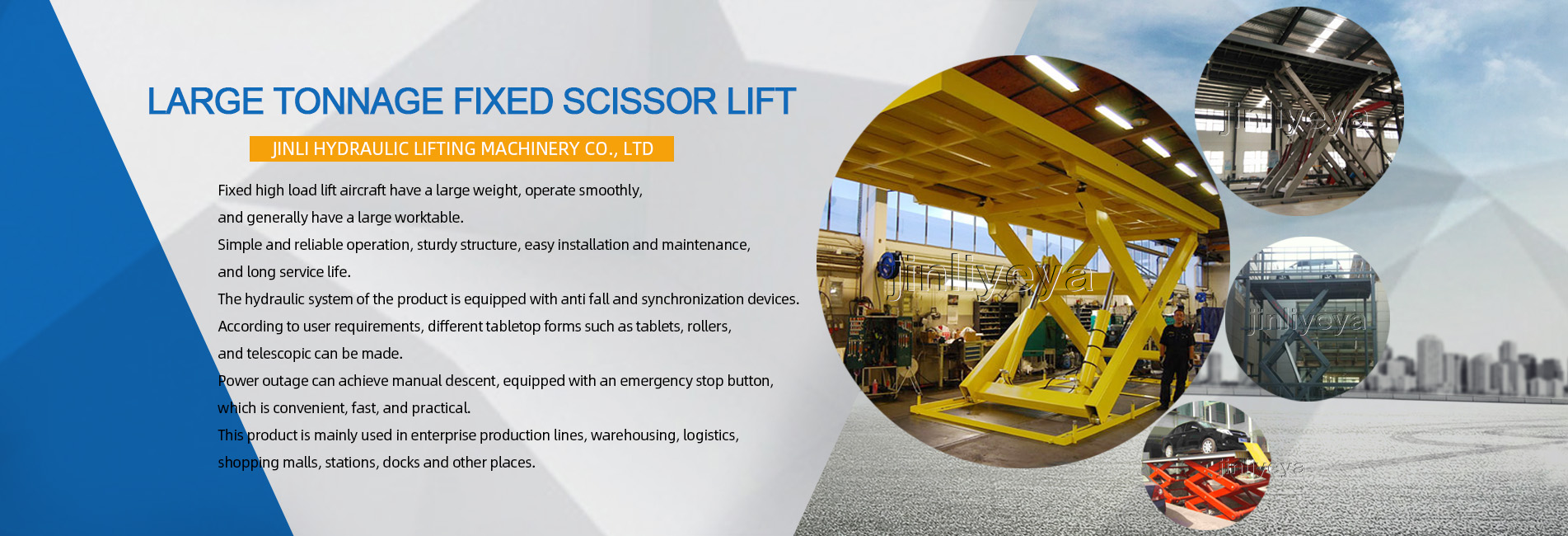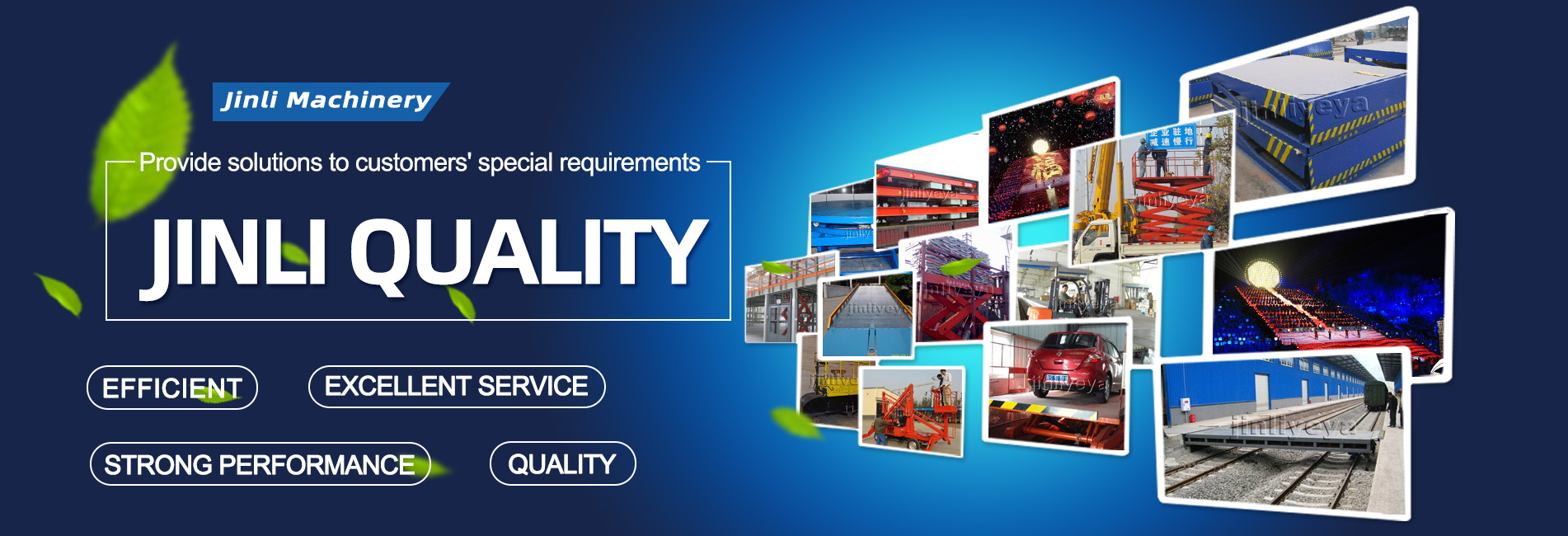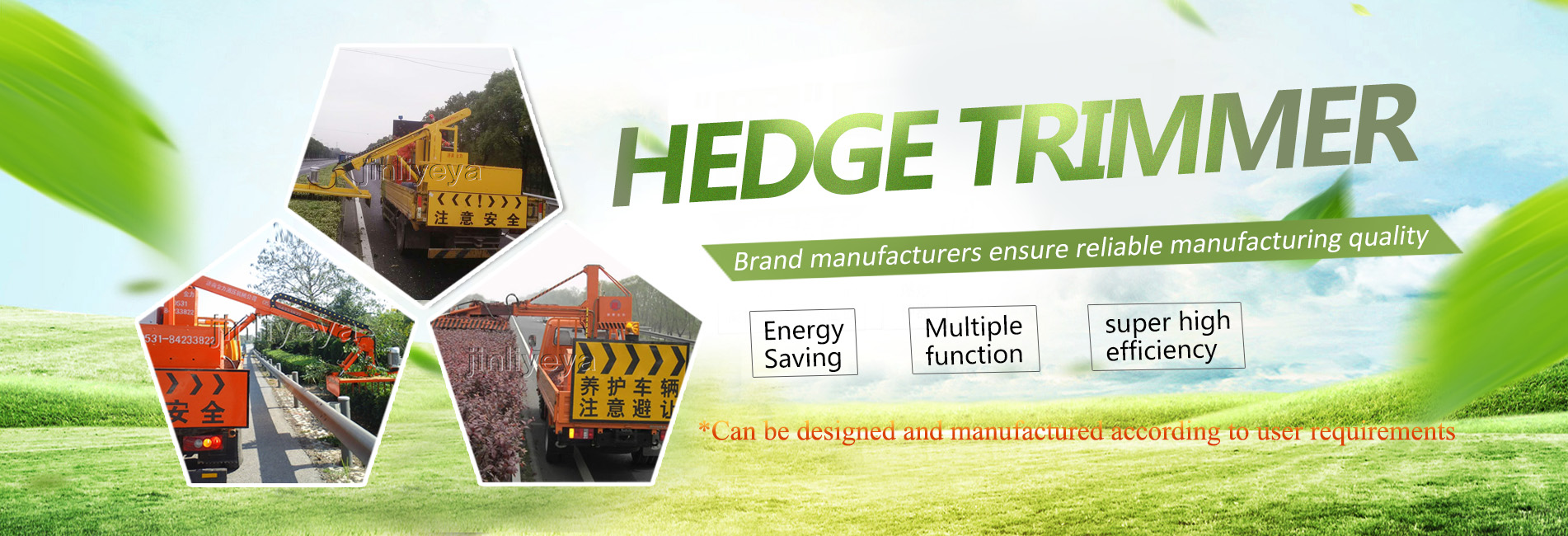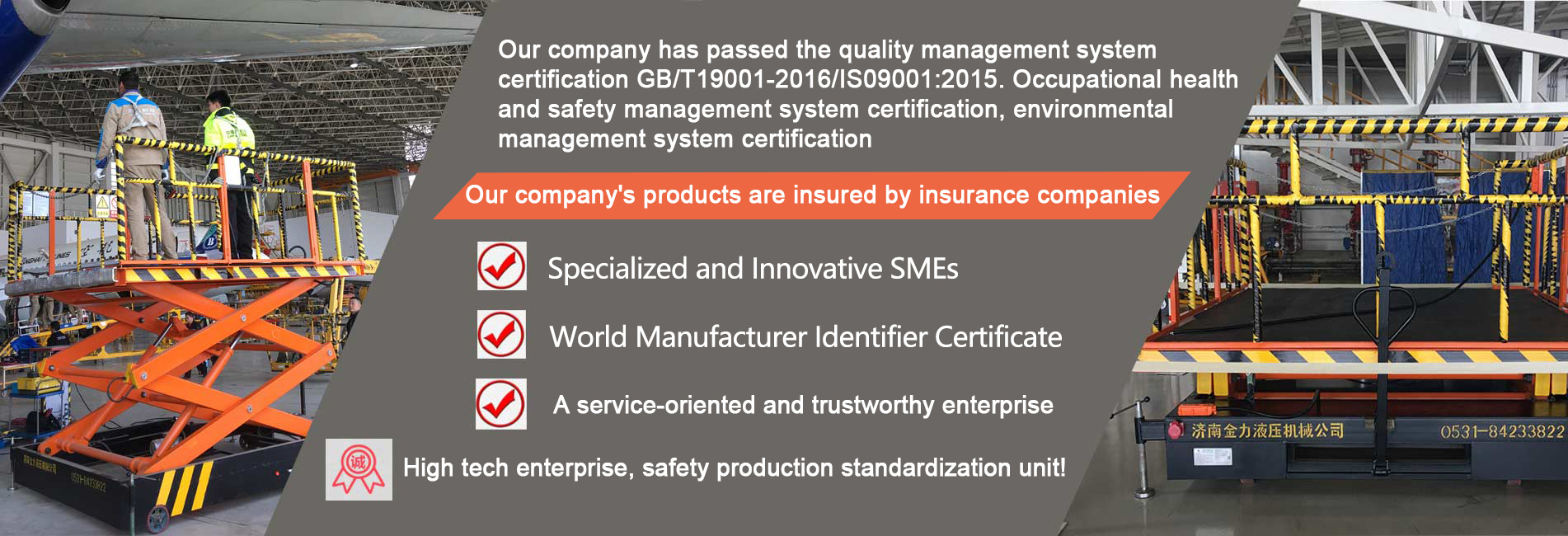Butter is a common industrial chemical product used in industrial production, mechanical equipment manufacturing, maintenance, and daily life. It also plays an important role in hydraulic lifting platforms. Below, the editor will share this knowledge with you
During operation, hydraulic lifting platforms suffer from severe wear and tear on the inner lining of the support rods and the rotating shaft, especially for large tonnage lifting platforms. Severe wear and tear can even cause the support rods to break. If not repaired in a timely manner, it can easily lead to the overall fracture and deformation of the lifting equipment, resulting in the equipment being scrapped. The repair cost is quite high, and more importantly, it can delay the use of the production enterprise. Some customers lose tens of thousands of yuan every day due to lack of attention to equipment maintenance. Many experiences are worth learning from, so it is necessary to regularly maintain the equipment and use high-performance butter. Regular maintenance of the hydraulic lifting platform can ensure product quality. Product) The principle of the lift that can achieve work efficiency: hydraulic oil is generated by a vane pump to a certain pressure, and enters the lower end of the hydraulic cylinder through an oil filter, explosion-proof electromagnetic directional valve, throttle valve, hydraulic control check valve, and balance valve, causing the piston of the hydraulic cylinder to move upward and lift heavy objects. The return oil from the upper end of the hydraulic cylinder returns to the oil tank through the explosion-proof electromagnetic directional valve, and its rated pressure is adjusted through an overflow valve. The reading value of the pressure gauge is observed through the pressure gauge. The piston of the hydraulic cylinder moves downwards (i.e. the heavy object descends). The hydraulic oil enters the upper end of the hydraulic cylinder through the explosion-proof electromagnetic directional valve, and the return oil from the lower end of the hydraulic cylinder returns to the oil tank through the balance valve, hydraulic control check valve, throttle valve, and explosion-proof electromagnetic directional valve. To ensure smooth descent of heavy objects and safe and reliable braking, a balance valve is installed on the return oil circuit to balance the circuit and maintain pressure, so that the descent speed is not affected by the heavy object. The flow rate is adjusted by a throttle valve to control the lifting speed. To ensure safe and reliable braking and prevent accidents, hydraulic control check valves, also known as hydraulic locks, are added to ensure self locking in the event of an unexpected hydraulic pipeline rupture. Installed overload sound control alarm to distinguish between overload or equipment failure. The electronic control system can control the rotation of the motor through explosion-proof buttons, enabling the direction of the explosion-proof electromagnetic reversing valve to maintain load lifting or lowering. The time delay can also be adjusted through the "LOGO" procedure to avoid the phenomenon of ineffective lifting and jamming caused by frequent motor starting, and to extend the service life.
{2}







